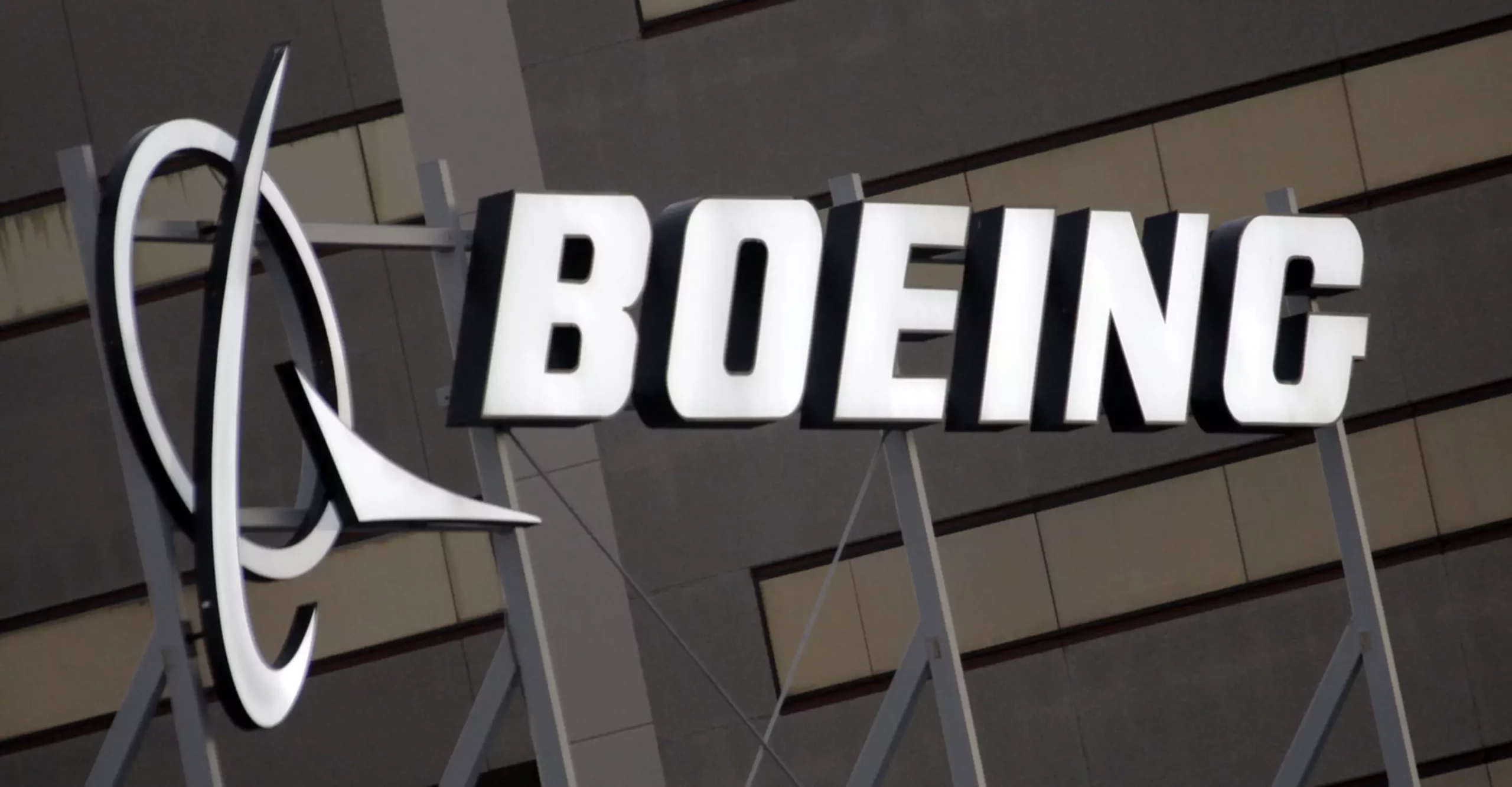In a decisive move aimed at revitalizing its beleaguered Defense, Space, and Security division, Boeing has announced the immediate removal of Theodore “Ted” Colbert III from his role as president and CEO. This significant leadership change comes at a time when Boeing grapples with mounting challenges, particularly concerning its government contracts, many of which have proven to be financially detrimental. The complexities of the defense sector often require nimble leadership, and Boeing’s recent decisions signal a potential pivot as the company seeks to re-establish its footing.
Colbert’s tenure, spanning 15 years with Boeing, encompassed various roles including chief information officer and oversight of the global services division before he took the reins of the defense branch. His departure highlights the pressing need for strategic overhaul within a unit that has been the subject of negative scrutiny due to several costly missteps. Steve Parker, the chief operating officer of the Defense division, has temporarily stepped in to lead the unit as Boeing launches a search for a permanent successor. The transition, while significant, underscores the urgent need for effective leadership capable of steering the company through its current trials.
In an internal communication regarding Colbert’s exit, Kelly Ortberg, who was appointed Boeing CEO just the previous month, laid bare the stakes at hand. He emphasized the paramount objective of restoring customer trust and addressing the high expectations associated with Boeing’s mission-critical initiatives. This call to action is not mere rhetoric; it signifies the company’s recognition of its past shortcomings and the commitment to rectify them. Ortberg’s leadership will be put to the test as he must cultivate a renewed focus on delivering commitments, particularly in a sector where reliability is paramount.
The financial landscape of the defense and space division is troubling, with a staggering $6 billion loss reported since the onset of 2022. This figure is indicative of more than just poor contract management; it speaks to a broader systemic issue within Boeing’s operations. Notably, ongoing contracts with the Pentagon and NASA, including high-stakes projects like the new Air Force One and refueling aircraft, are under scrutiny as the company attempts to align operational realities with strategic goals.
Compounding these challenges is the saga surrounding the Starliner space capsule. Originally designed for NASA missions, the Starliner has faced significant setbacks, notably in its first crewed mission where issues regarding thrusters emerged. The concern escalated to the point where NASA deemed it untenable for astronauts to return via Starliner, opting instead to extend their stay in space until they can safely return aboard a SpaceX capsule. This decision not only raises questions about Boeing’s engineering capabilities but also highlights the competitive pressure it faces from private aerospace firms.
In order to successfully navigate this tumultuous landscape, Boeing must not only address its leadership challenges but also innovate and improve in its operational capacities. Recovery will require a concerted effort to cultivate a culture of accountability, reliability, and operational excellence. As the aerospace titan embarks on this critical transformation, the industry watches closely, hoping to witness a resurgence that reaffirms Boeing’s longstanding legacy as a leader in aerospace and defense. Only time will reveal whether these strategic shifts will restore Boeing’s position and reputation in an industry marked by complexity and competition.


Leave a Reply